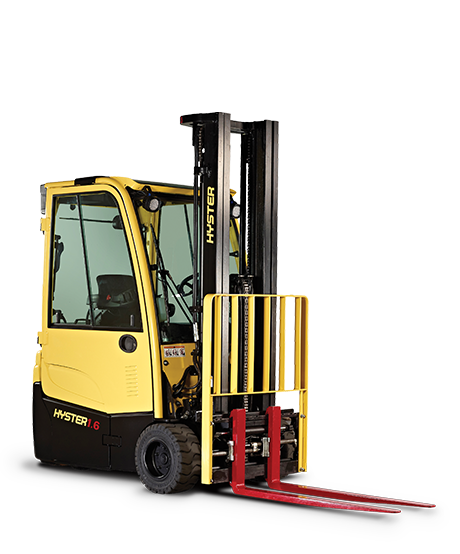
The National Institute for Occupational Safety and Health analyzes several case studies that clearly demonstrate the importance of OSHA requirements for
forklift safety training programs.
Now, about the most important forklift safety procedures and the rules that usually apply to the construction site:
1. Carry out a check before operation
At the beginning of each shift, the operator must carry out an inspection prior to operation. Forklift trucks are durable machines, but they wear out over time. Just as a pilot will personally inspect an aircraft before flight, a forklift operator must ensure that his vehicle is in a working condition. Below is an example of the tasks included in a general security checklist.
Note that each type of forklift will not have exactly the same checklist items as another.
Security checklist for pre-operation inspections:
1. Checks
Fuel, engine oil and water level
Battery connector connections
The battery is fully charged
Wheels and tires
Electrolyte levels
There are no wet spots under the forklift (may indicate a leak)
Hydraulic hoses
Controls
Forks
Immediate area clean (on the floor and in general)
Brakes
Clutch and gear changes
All lights and meters
Steering
Lifting and tilting mechanisms
Seatbelt
Reverse beeps and warning lights
Ensuring the operation of forklifts is essential for the safety of workers. These steps, although time consuming, play a crucial role in preventing an accident.
2. Pallet handling
Operators must make sure that the forks are flat and properly positioned as they fit into a pallet. Flat forks ensure proper weight distribution (if uneven, the forklift can tip over).
Observe pallet sizes and loading center calculations to move pallet loads safely. Once a load has been placed on the forks, do not attempt to reposition anything.
Never use a pallet mounted on a forklift as a work platform.




